Youth Artist Projects
Youth Artist Projects (YAPs) are collaborative classes in contemporary art in which Boston Public School youth (ages 14-19) work with professional artists (Artists-in-Residence) to develop and create a participatory art project. YAPs are paid opportunities for teens to learn creative skills; build their portfolio; meet other young artists in Boston; and investigate social issues through art and place-based education.
Urbano fosters the model of the artist as citizen, actively engaged in conversations with our surrounding community through the lens of contemporary art. We support and challenge youth to become civically engaged artists and tackle social issues in their community that directly affect their lives. Through artistic collaboration, participating youth and professional artists are challenged to create projects within the boundaries of exhibition spaces, virtually, and in their community. These projects span diverse artistic themes and disciplines, but they are all rooted in the fundamental principles of collaboration, risk-taking, and creative and critical expression.
Search by year, theme, or medium:
THEMES:
THE CROSSROADS
2024-2025
Crossroads present choices and transitions that we face both in our personal lives, and in the world at large. We are looking for artists to help us untangle the ethics of contemporary life, by digging into the grays, pauses, and in-between's — the crossroads — that can offer us tools, materials, and wisdom for making a choice, and paving more empowered futures for ourselves.
HABITAT
2023-2024
Inspired by the principles and practices of Dan Buettner’s “Blue Zones” — regions of the world that Buettner identifies as being inhabited by some of the healthiest, longest-lived populations — our curatorial theme, Habitat, invited Artists-in-Residences to reflect with youth and community members on how our situational surroundings impact us. The projects they co-created with youth and community members proposed ways to improve our environments, and to foster longevity and health, in addition to feelings of connection and belonging.
with 2023-24 Artist-in-Residence: Hannah Niswonger
with Artist-in-Residence: Yixuan Zeng
Summer 2024
OUR PLANET, OURSELVES
2022-2023
Our Planet, Ourselves sought to explore the idea of an interconnectedness between our planet, our bodies, and ourselves through the practices of placemaking, performance, and creative justice. A particular importance being the role of our bodies within environmental activism movements and notions of the self, which not only includes human bodies but more-than-human beings (water, plants, fungi, etc.). How do we think about environmental justice activism, and how may art function as a platform to advance notions of care and co-evolution?
with Artist-in-Residence: Joseph Madres
Summer 2022
DEMOCRACY
2021-2022
“As we continue to contend with ongoing social, political, and economic injustices unveiled throughout the COVID-19 pandemic, how can art help us move towards a more inclusive and equitable society? How can art encourage social action to develop and nurture a democracy that benefits and empowers us all?”
Through the lens of Democracy, 2021 and 2022’s Artists-in-Residence (AiR) exemplified practices in community organizing, placemaking, public art, activism, social practice, institutional critique, and participatory art-making. Their projects explored individual, collective, and intersectional interpretations of democracy, with topics including representation, inclusion, participation, collaboration, accessibility, human rights advocacy, mutual aid, capitalism, and other social systems and civic dialogues.
with Artist-in-Residence: Yuko Okabe
Fall 2021
with Artist-in-Residence: Ponnapa Prakkamakul
Spring 2022
RADICAL CARE
2020-2021
“How do we share practices that foster community care and participation and make this line of human-centered work public through art?” Through the lens of Radical Care, 2020-2021’s Artists-in-Residence framed the process of making as a process of caring. Crafting and exploring forms of care for themselves and their communities through reimagined sites for connecting (virtually and non-virtually); resulting in hybrid meetings, maker-spaces, and community events.
with Artist-in-Residence: Sheila Novak
Summer 2020
with Artist-in-Residence: Gabriel Sosa
Winter 2021
with Artist-in-Residence: Sam Richardson
Winter 2021
with Artist-in-Residence: Mark Anthony Hernandez Motaghy
Spring 2021
CREATIVE CONDITIONS
2019-2020
2019-20’s theme, Creative Conditions, sought to explore what toolkits are artists creating to change the conditions we live in. What conditions do artists need to create? Artists-in-Residence worked closely with youth artists to explore this theme by means of storytelling, scriptwriting, journaling, research, and production.
with Artist-in-Residence: Rachel Allen
Spring 2020
with Artist-in-Residence: Erin Genia
Winter 2019
with Artist-in-Residence: Paloma Valenzuela
Spring/Summer 2020
RESILIENCE AND SUSTAINABILITY
2017-2018, & 2018-2019
By addressing physical, social, and economic challenges, Urbano joined a city-wide initiative to build a more resilient Boston for two of its programmatic years (2017-2018, & 2018-2019). Artists-in-Residence worked closely with community partners and youth artists to explore the theme of Resilience and Sustainability through intersectionally-led dialogues on racial identity, socio-economic identity, gender identity, sexual identity, and environmentally-situated identity.
with Artist-in-Residence: Nora Valdez
2017-2018
with Artist-in-Residence: Salvador Jiménez-Flores
2017-2018
with Artists-in-Residence: Jessica Fei & Anthony Peña
2017-2018
August 2018
with Artist-in-Residence: Nathalia JMag
2018-2019
with Artist-in-Residence: Chanel Thervil
2018-2019
with Artist-in-Residence:
Constanza Aguirre
2018-2019
THE COMMONS | THE OTHER
2016-2017
Throughout The Commons | The Other, artists, staff, project facilitators, and youth worked closely with community partners in the Egleston Square neighborhood to explore issues of racial, ethnic, cultural, and urban identity and representation embedded within the social synergies of spatial distribution. Through Urbano’s place-making approach, Artists-in-Residence developed social laboratories for creativity to increase inter-group understanding, tolerance, and civic culture.
with Teaching Artist: Nora Valdez
Spring 2017
with Teaching Artists:
Jessica Fei & Anthony Peña
Spring 2017
with Teaching Artist: Sara Rivera, and Teaching Assistant: Faizal Westcott
Fall 2016
with Teaching Artist: Mary Teuscher, and Teaching Assistant: Arianna Ortiz
Fall 2016
with Teaching Artist: Aly Kreikemeier, and Teaching Assistant: Serena Allegro
Summer 2016
with Teaching Artist: Darren Alexander Cole, and Teaching Assistant: Serena Allegro
Summer 2016
THE COMMONS: SPACE, PLACE & PUBLIC
2015-2016
“What are the commons of Egleston/Jackson Squares? Who authors, activates or owns those spaces? What potential might the commons hold for both transformation and preservation?”
Throughout The Commons: Space, Place & Public, Urbano explored gentrification, environmental justice, and cultural and economic equity through acts of grassroots-led creative placemaking. Assembling knowledge, understanding, as well as a comprehensive network of bilingual participants — from youth leaders and teaching artists, to small business owners and community organizers — who worked at stewarding the common spaces, as well as the spaces that characterize the Egleston/Jackson Square areas.
with Teaching Artists:
Stephanie Brownell & Laura Detwiler
Summer 2015
with Teaching Artist: Lina Maria Giraldo
Summer 2015
with Teaching Artist: Sara Rivera
Fall 2015
with Teaching Artists:
Loreto Paz Ansaldo, Dey Hernandez, and Aparna Das
Fall 2015
with Teaching Artists:
Loreto Paz Ansaldo, Reynaliz Herrera, & Pradhuman Nayak
Spring 2016
with Teaching Artists:
Rene Dongo & Jesse Winfrey
Spring 2016
THE LAND OF THE FREE: GIFTS AND GIVING AS ARTISTIC INTERVENTION
2014-2015
Drawing upon discourse from art making and civic innovation practice, Land of the Free, led AiR’s and students in exploring how acts of generosity and giving at individual, collective, and civic levels, can catalyze both creativity and social change. Prompting participants to workshop the relationship that can be had between creative practice, and philanthropic practice.
with Teaching Artists:
Anjali Rodrigues & Ricky Orng
Fall 2024 & Spring 2015
with Teaching Artist: Sara Rivera
Spring 2024 & Spring 2015
with Teaching Artist: Shaw Pong Liu
Spring 2015
THE EMANCIPATED CITY: RE-IMAGINING BOSTON
2013-2014
Throughout The Emancipated City, students and AiR’s workshopped visions of a new Boston: a home founded upon the principles of collaboration, risk-taking, and border-crossing that defines the work of Urbano, but simultaneously, a microcosm that continues to hold an honest invitation towards confronting some of the most critical social justice issues of our time.
By encouraging participants to cull the city’s history into pairings with utopian imaginings, 2013-2014’s programmatic year, prompted artists to craft a portrait of a new Boston. One that may be beautiful but dangerous; confounding but inspiring. One that ultimately shelters freedom at its core — an emancipated city.
NARRATIVES OF EXCLUSION: RACIAL AND CULTURAL BOUNDARIES IN THE URBAN LANDSCAPE
2012-2013
2012-2013’s curatorial theme, Narratives of Exclusion, was inspired by the text, The Arsenal of Exclusion & Inclusion: an encyclopedic digest of 202 tools — or "weapons" — architects, planners, policy-makers, developers, real estate brokers, activists, and other urban actors in the United States use to either restrict or increase access to urban space. Written by Interboro Partners — a firm of architects and urban designers led by Urbano Board member Dan D’Oca — The Arsenal served as source material for our AiR’s and their programming. Programming aimed at investigating their own identities and considering what they — as artists and performers — can do to break down geographic and racial boundaries in Boston.
DISOBEDIENCE: CIVIL, POLITICAL, PUBLIC, PERSONAL, AND PRIVATE
2011-2012
Disobedience asked teaching artists and teens to consider whether disobedience can become a tool for self-discovery and social change. Encouraging participants to think about and engage with the role — and history — of disobedience as a creative instrument: a modality through which we can question the status quo, reclaim public resources, and transform relationships.
“This is what emancipation means. The blurring of the opposition between they who look and they who act, they who are individuals and they who are members of a collective body.”
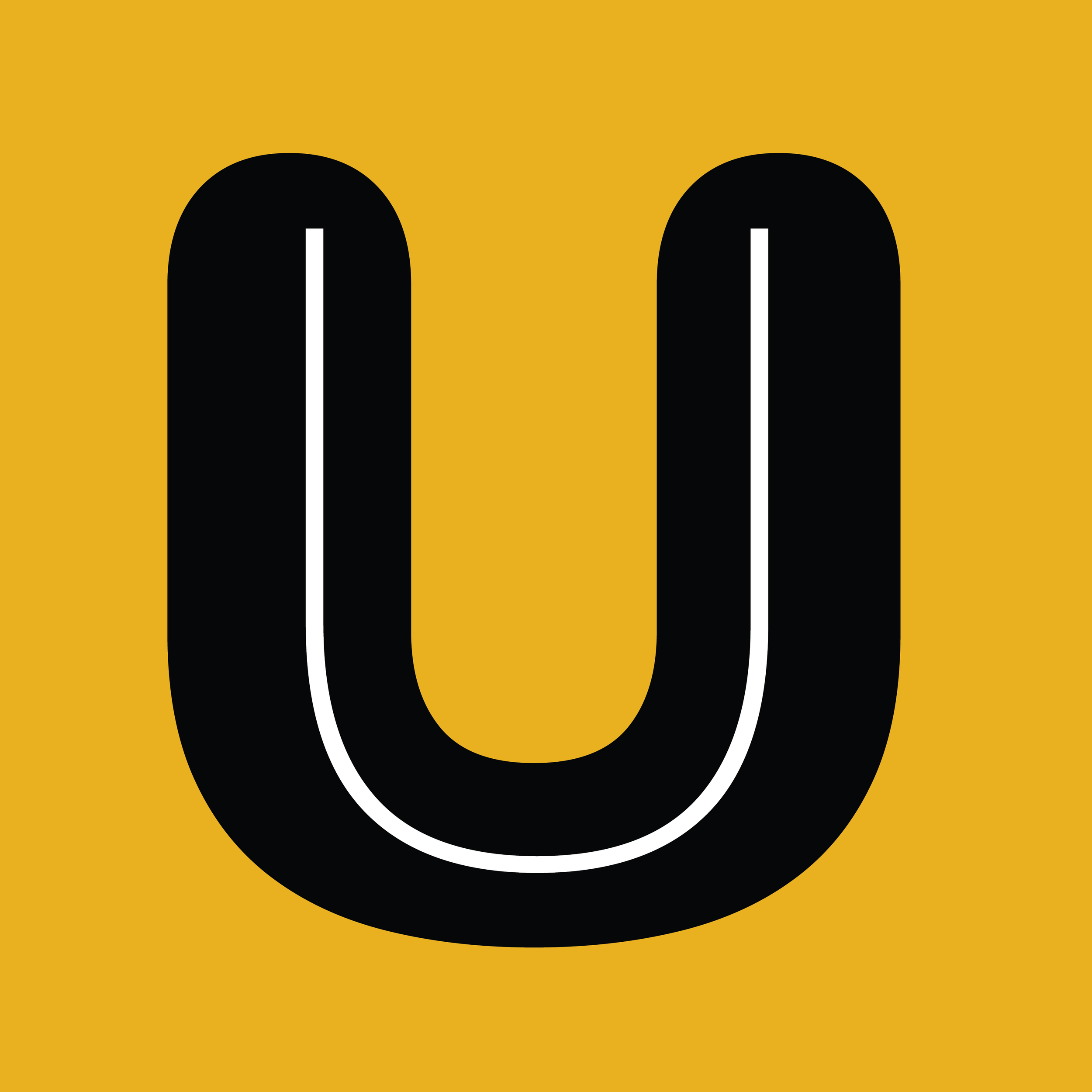



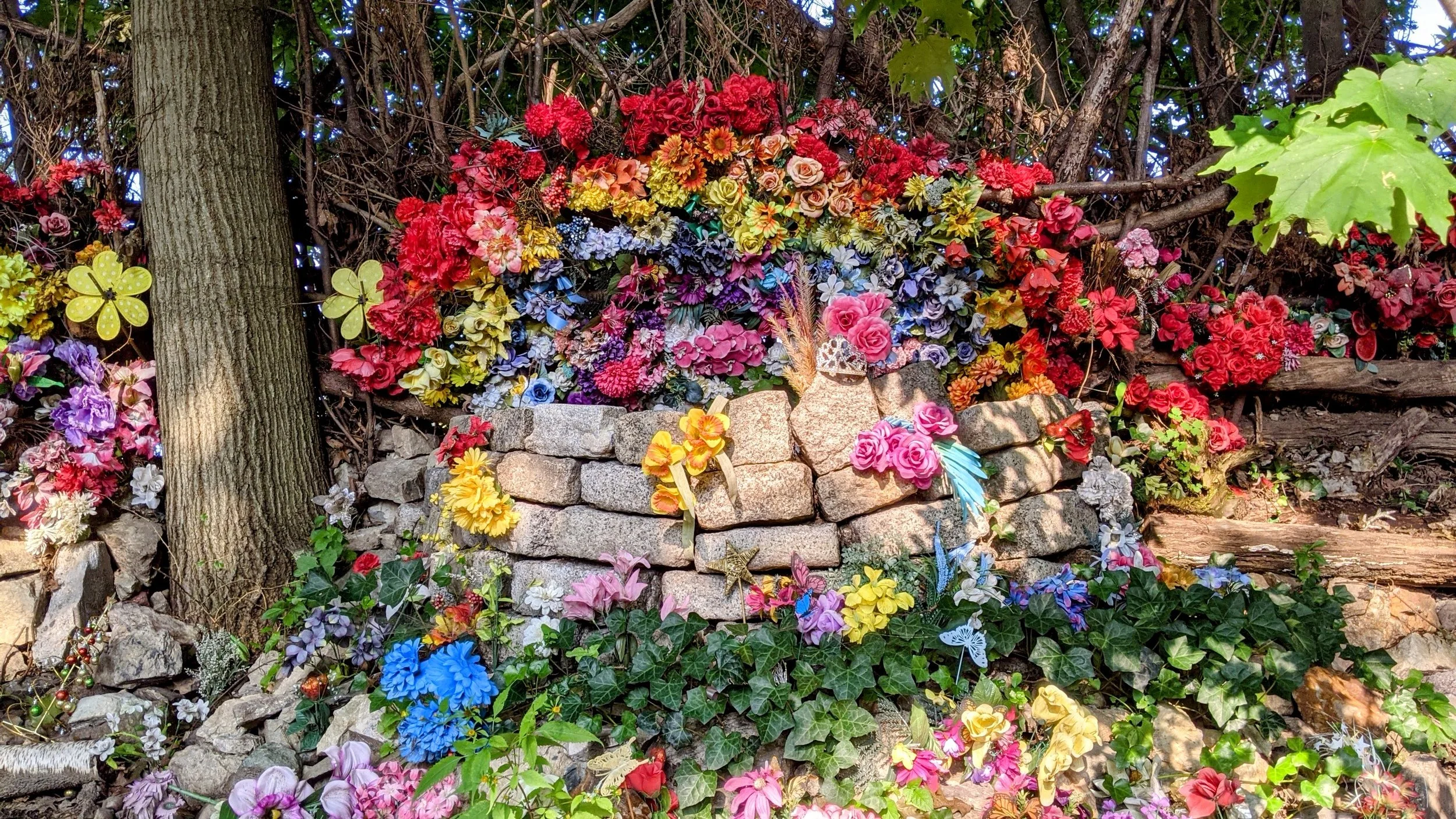

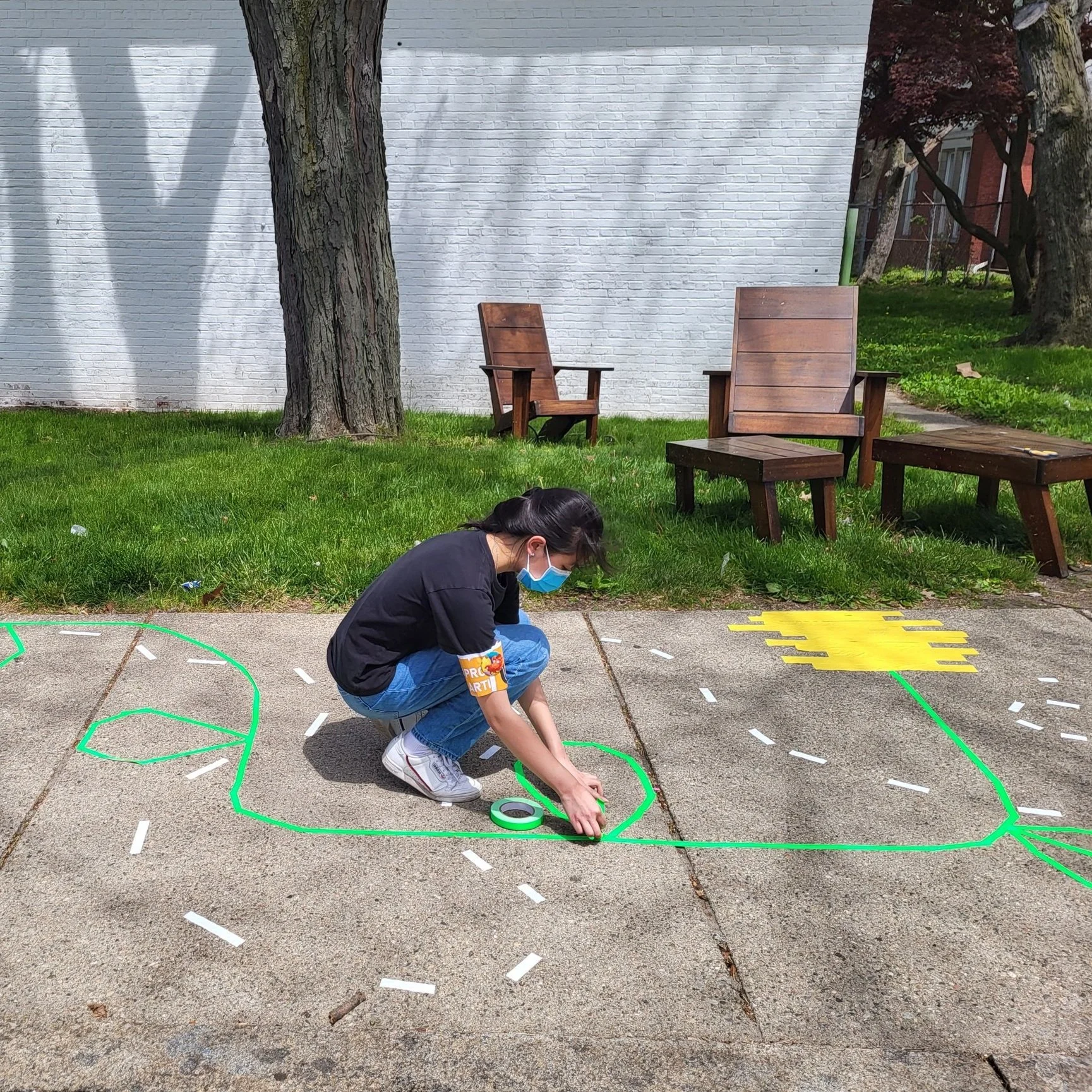

















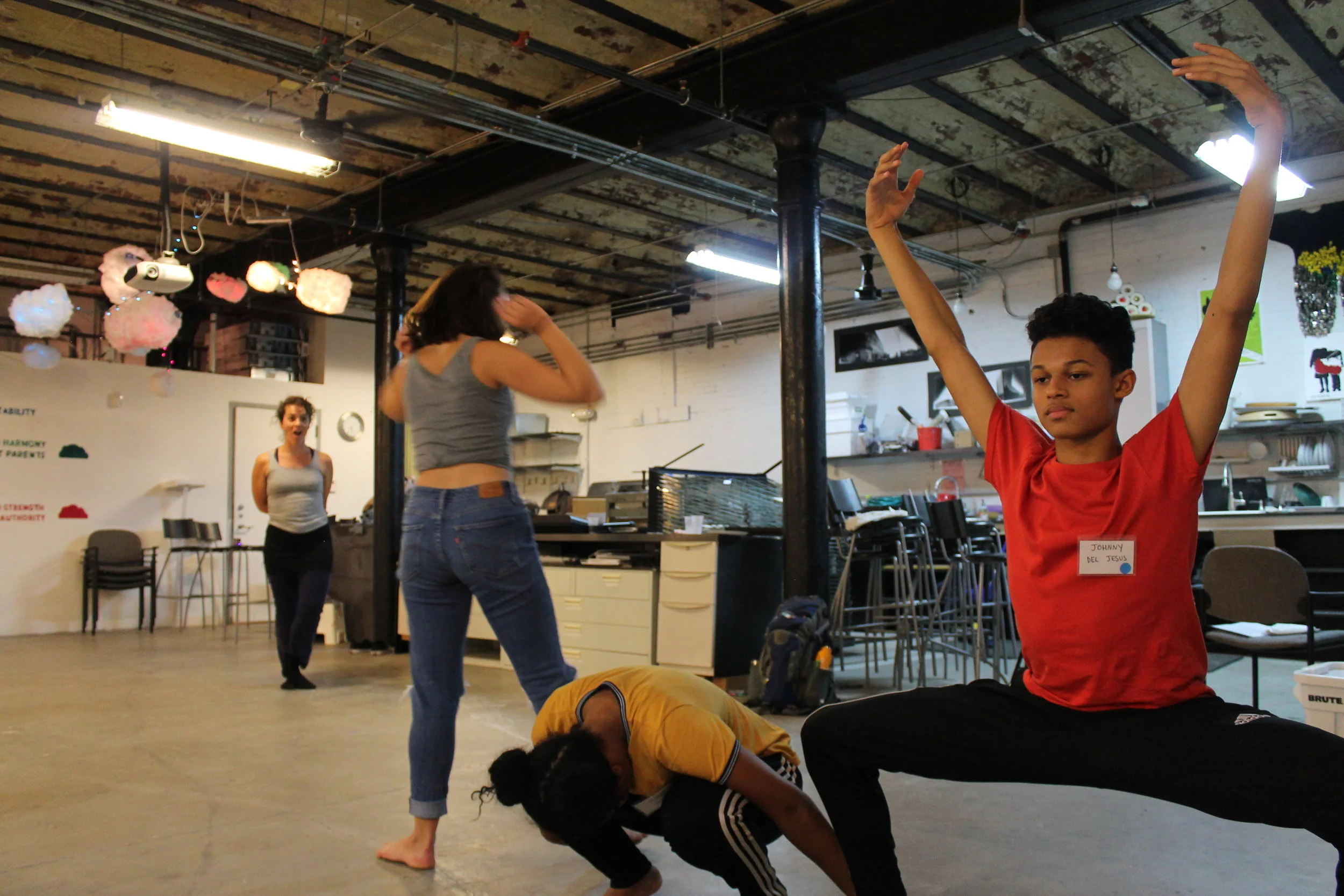
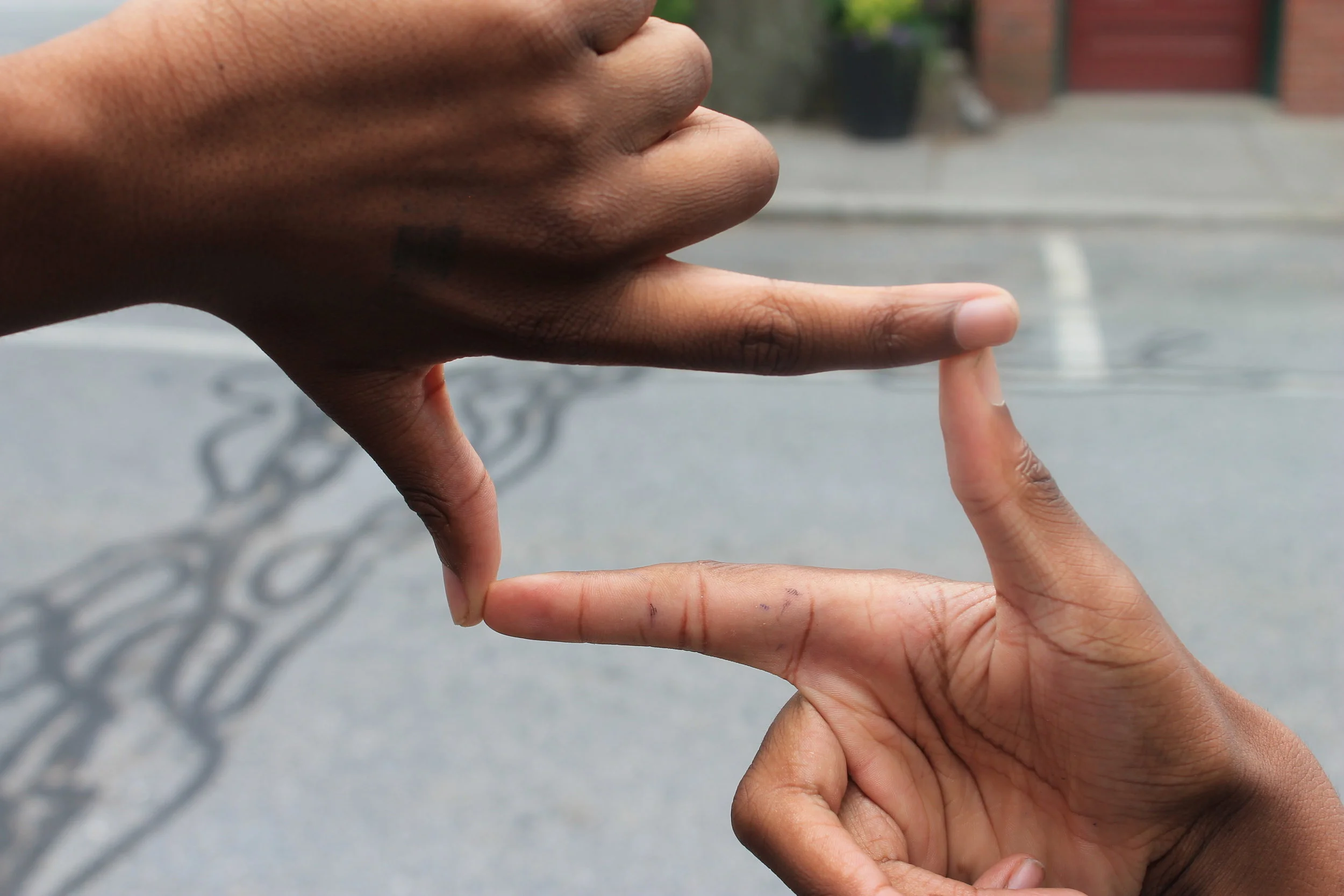
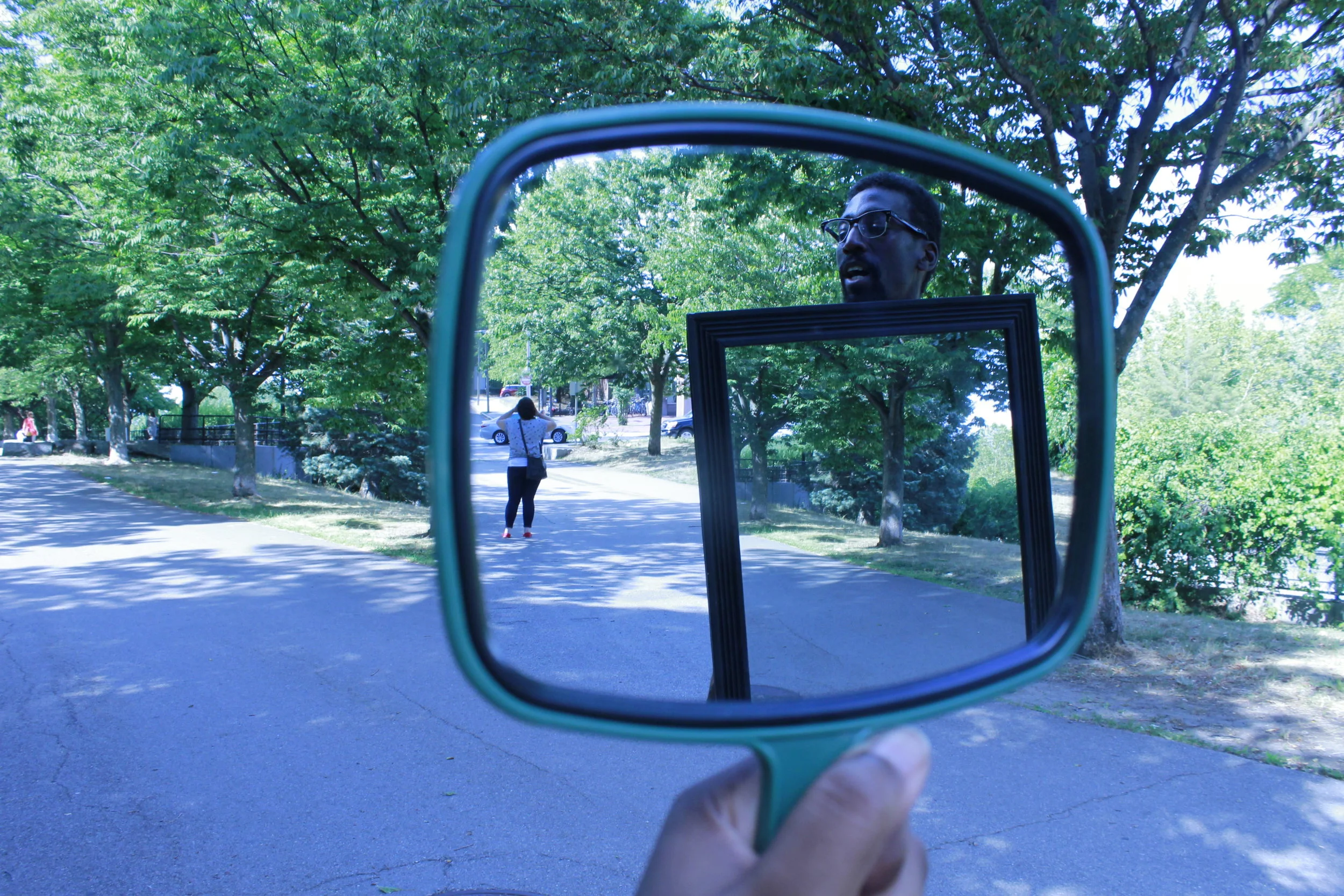




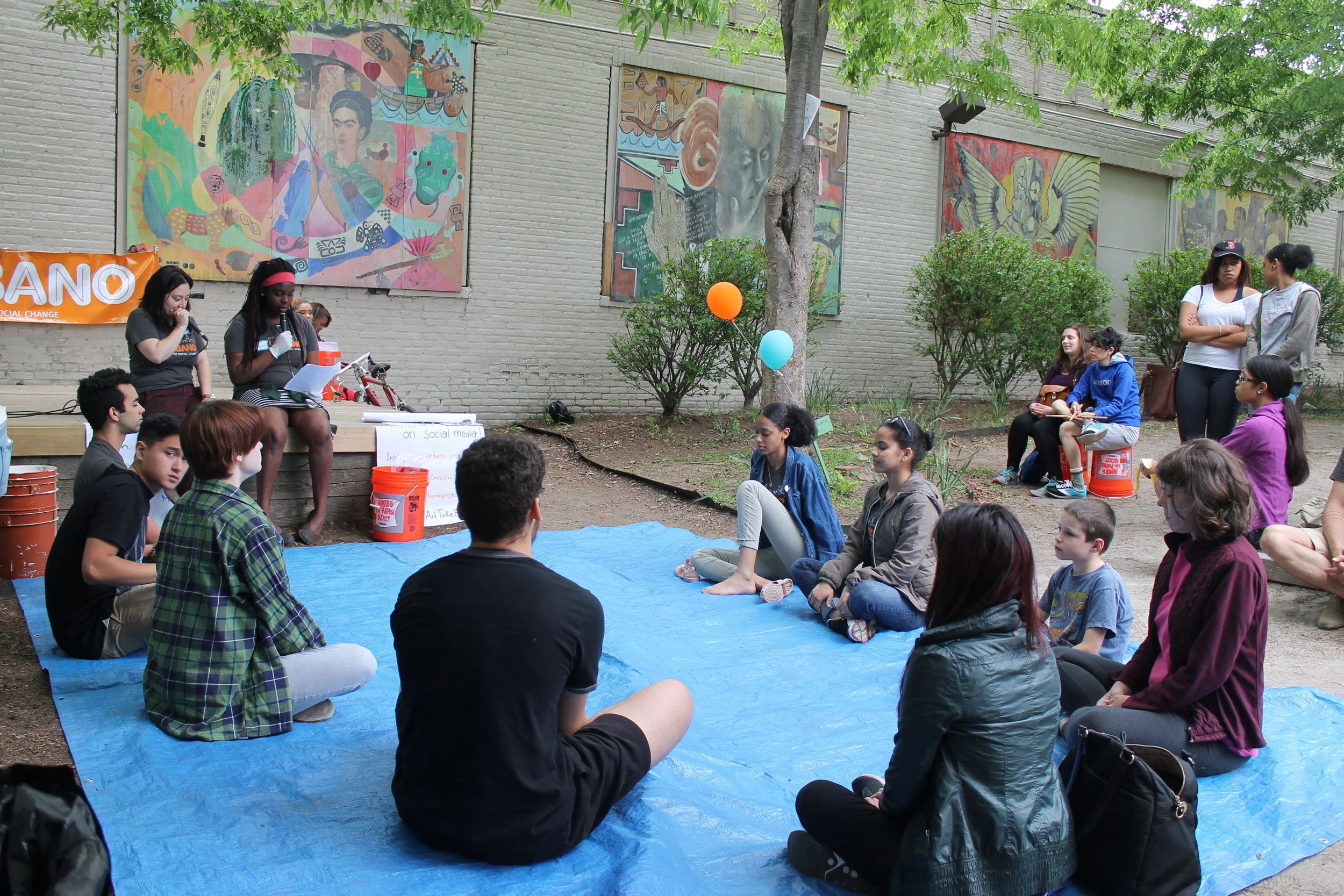






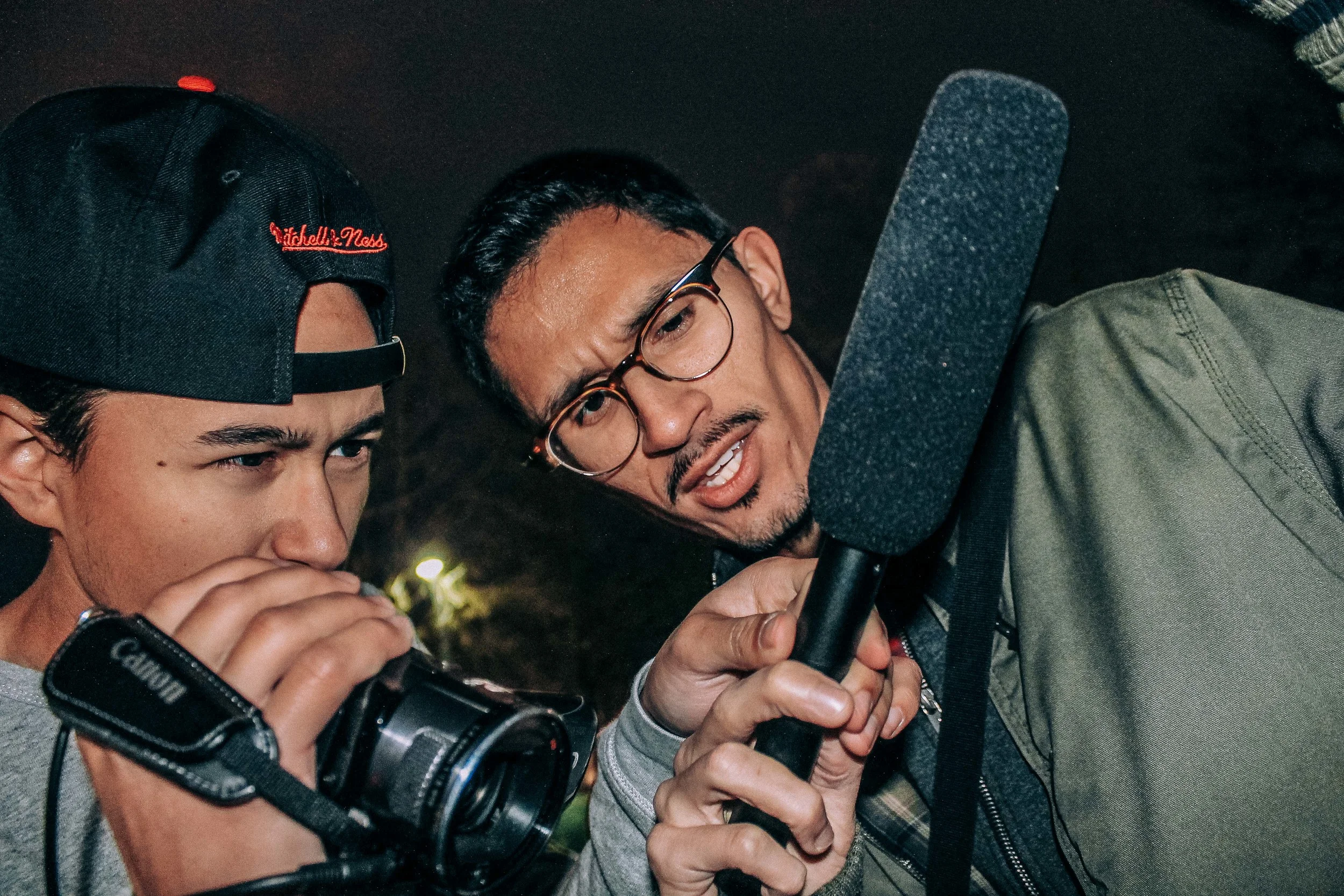









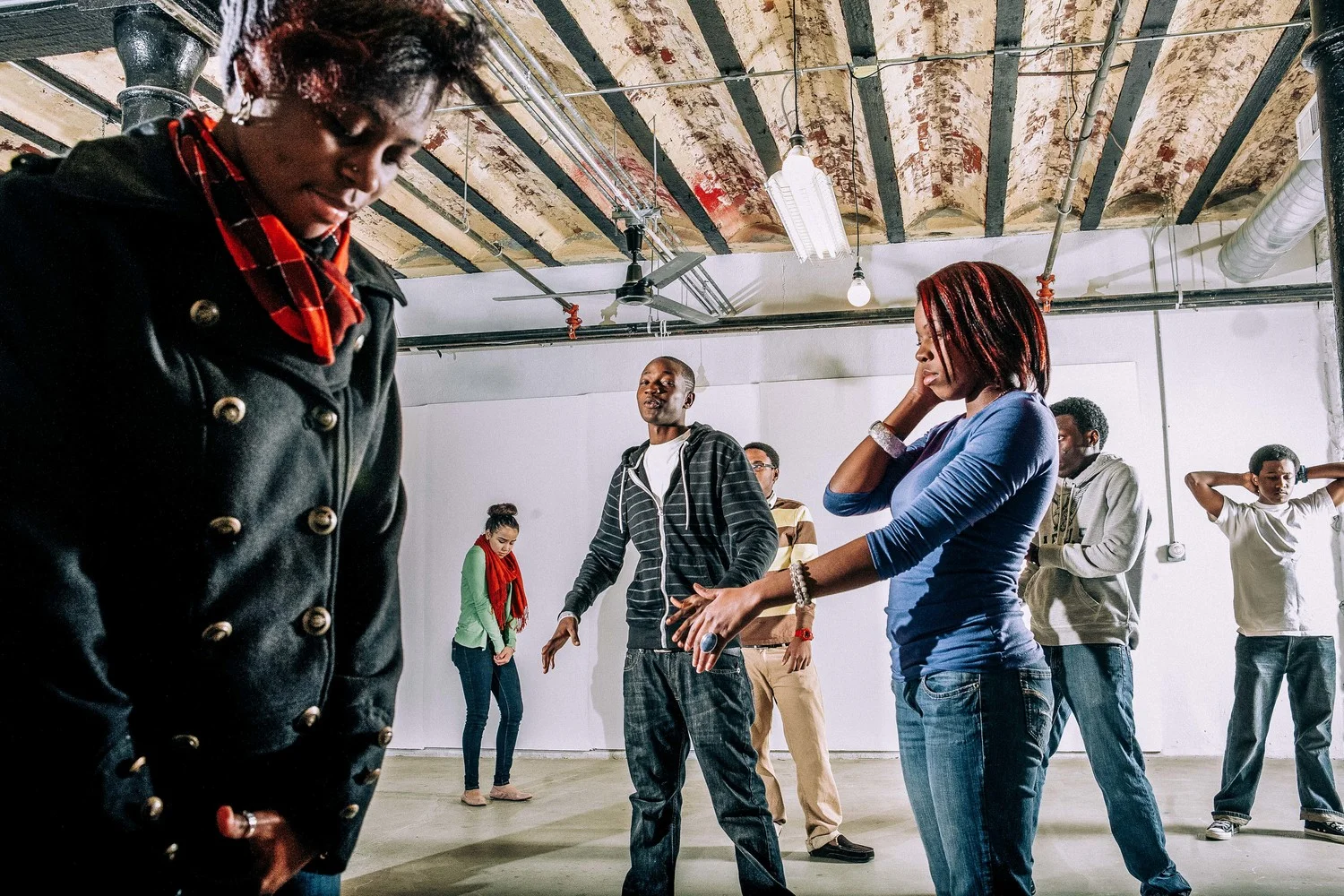





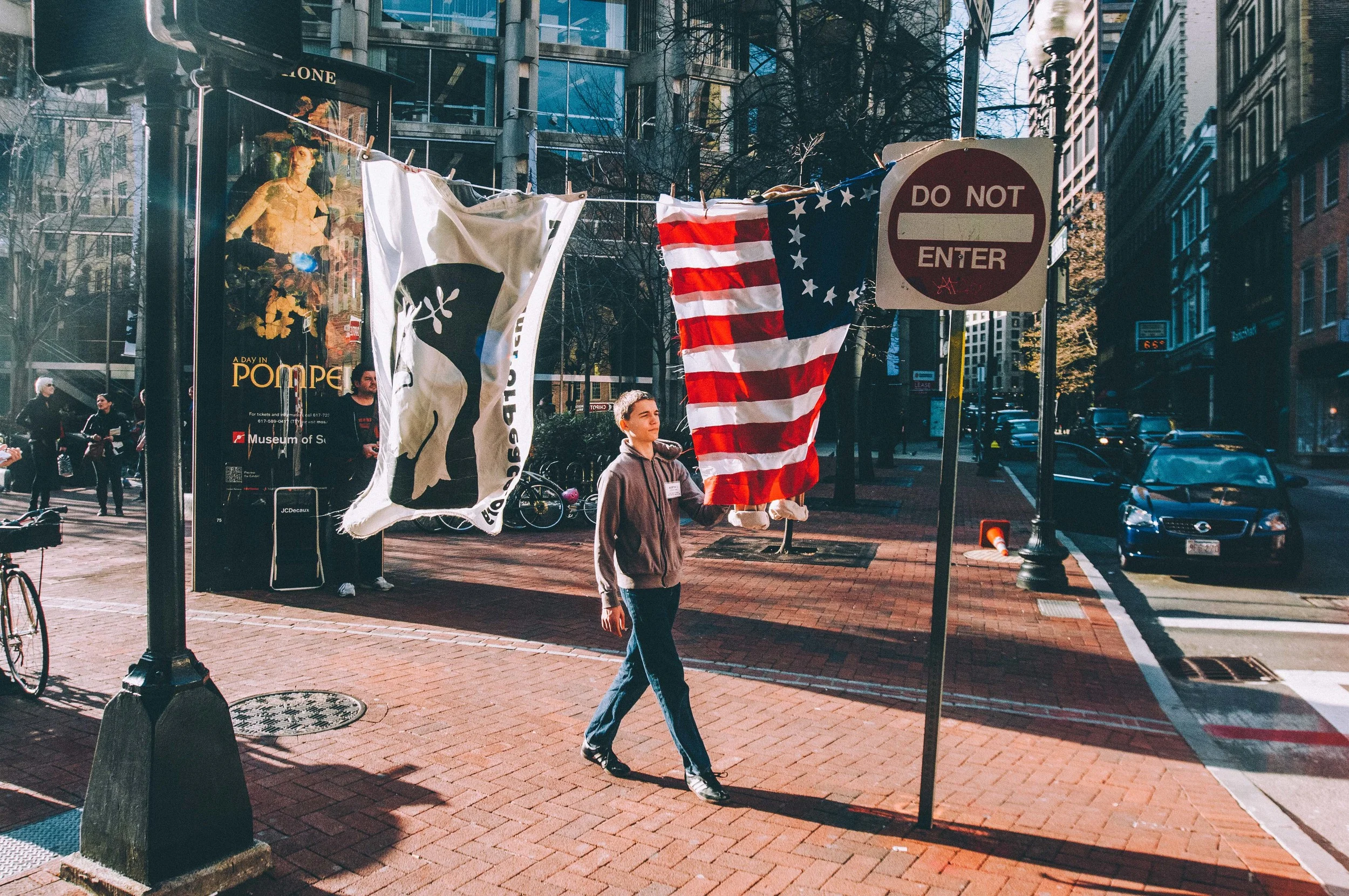

with Artist-in-Residence: Sarah Plotkin
Summer 2022